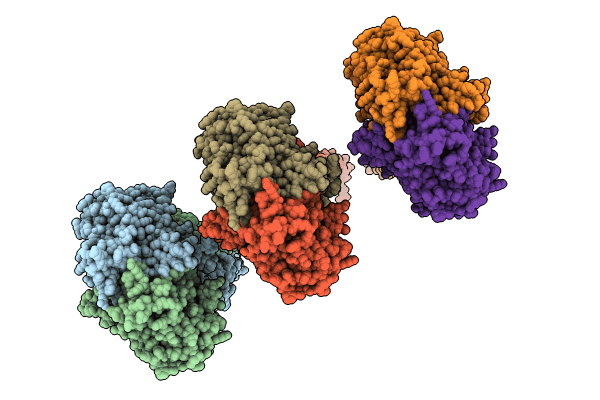
Deposition Date
2023-11-01
Release Date
2024-01-17
Last Version Date
2024-02-28
Method Details:
Experimental Method:
Resolution:
26.80 Å
Aggregation State:
PARTICLE
Reconstruction Method:
SUBTOMOGRAM AVERAGING


